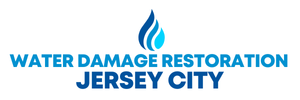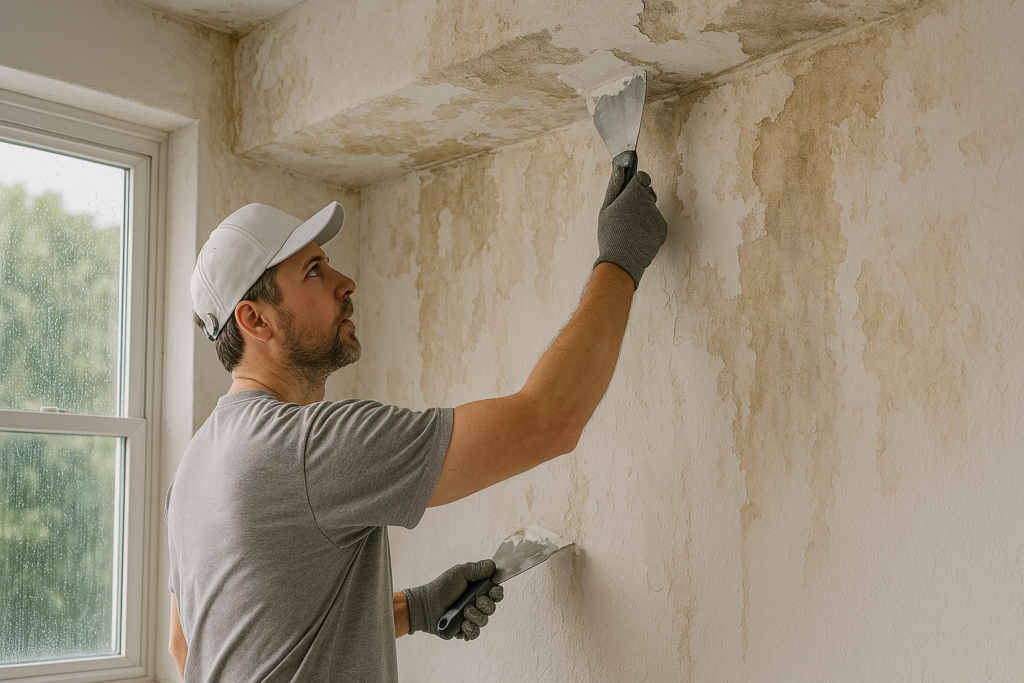Water damage can be one of the most expensive and destructive problems a homeowner can face. From leaks to flooding, excess moisture can lead to structural issues, mold growth, and costly repairs. However, with consistent maintenance and preventative measures, you can significantly reduce the risk of water damage in your home. Below are key steps to safeguard your property.
1. Regular Roof Inspections
Your roof acts as the first line of defense against rain and snow. Conduct a thorough inspection at least twice a year and after major storms. Look for missing or damaged shingles, cracked flashing, and any signs of wear that might allow water to seep inside.
2. Keep Gutters and Downspouts Clean
Clogged gutters can lead to overflowing water, which may seep into your foundation and cause damage. Clean gutters at least twice a year and ensure that downspouts direct water at least 3-4 feet away from your home’s base.
3. Seal Windows and Doors Properly
Inspect caulking and weather stripping around windows and doors regularly. Worn seals can allow water to enter, leading to wall damage and mold growth. Replace old or cracked caulking to maintain a watertight seal.
4. Check for Plumbing Leaks
Small plumbing leaks can go unnoticed but may lead to major water damage over time. Inspect under sinks, behind appliances, and around toilets for any signs of leaks, such as damp spots or discoloration. Fix minor leaks immediately to prevent further issues.
5. Inspect and Maintain the Foundation
Cracks in the foundation can allow water to seep in and cause serious damage. Walk around your home’s exterior and inspect the foundation for visible cracks. If you spot any, seal them with waterproof materials or seek professional assistance.
6. Ensure Proper Yard Drainage
Your yard should be graded to direct water away from the house. If water pools near the foundation, consider adding soil to create a slope or installing a French drain to improve drainage.
7. Maintain Your Sump Pump
If your home has a sump pump, it is vital to keep it in working condition. Test it regularly by pouring water into the sump pit and ensuring the pump activates. Clean any debris from the pit and install a battery backup system in case of power failure.
8. Inspect and Service Your HVAC System
Heating and cooling systems produce condensation that needs to drain properly. Check the condensate drain line for clogs and clean drain pans to prevent water buildup that could lead to leaks.
9. Install Water Leak Detection Devices
Technology can help prevent major water damage. Smart water sensors placed near water heaters, sinks, and other leak-prone areas can alert you immediately to moisture buildup before it turns into a disaster.
10. Educate Household Members
Make sure everyone in your home knows where the main water shutoff valve is located and how to turn it off in case of an emergency. Quick action during a leak can significantly reduce damage.
Water damage prevention requires a proactive approach through regular inspections, repairs, and the use of modern technology. By following these maintenance tips, you can protect your home from costly repairs and long-term damage. Investing time in these preventative measures today will ensure a safer, drier home for years to come.

